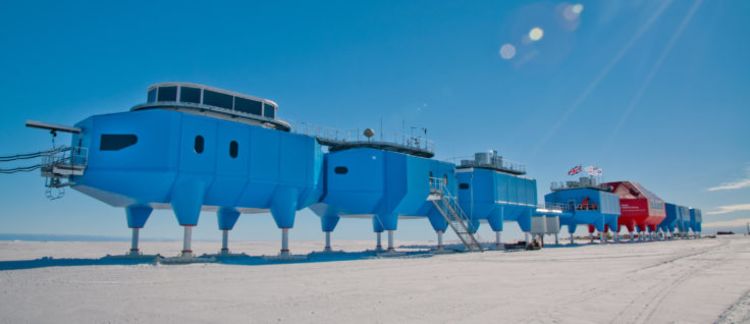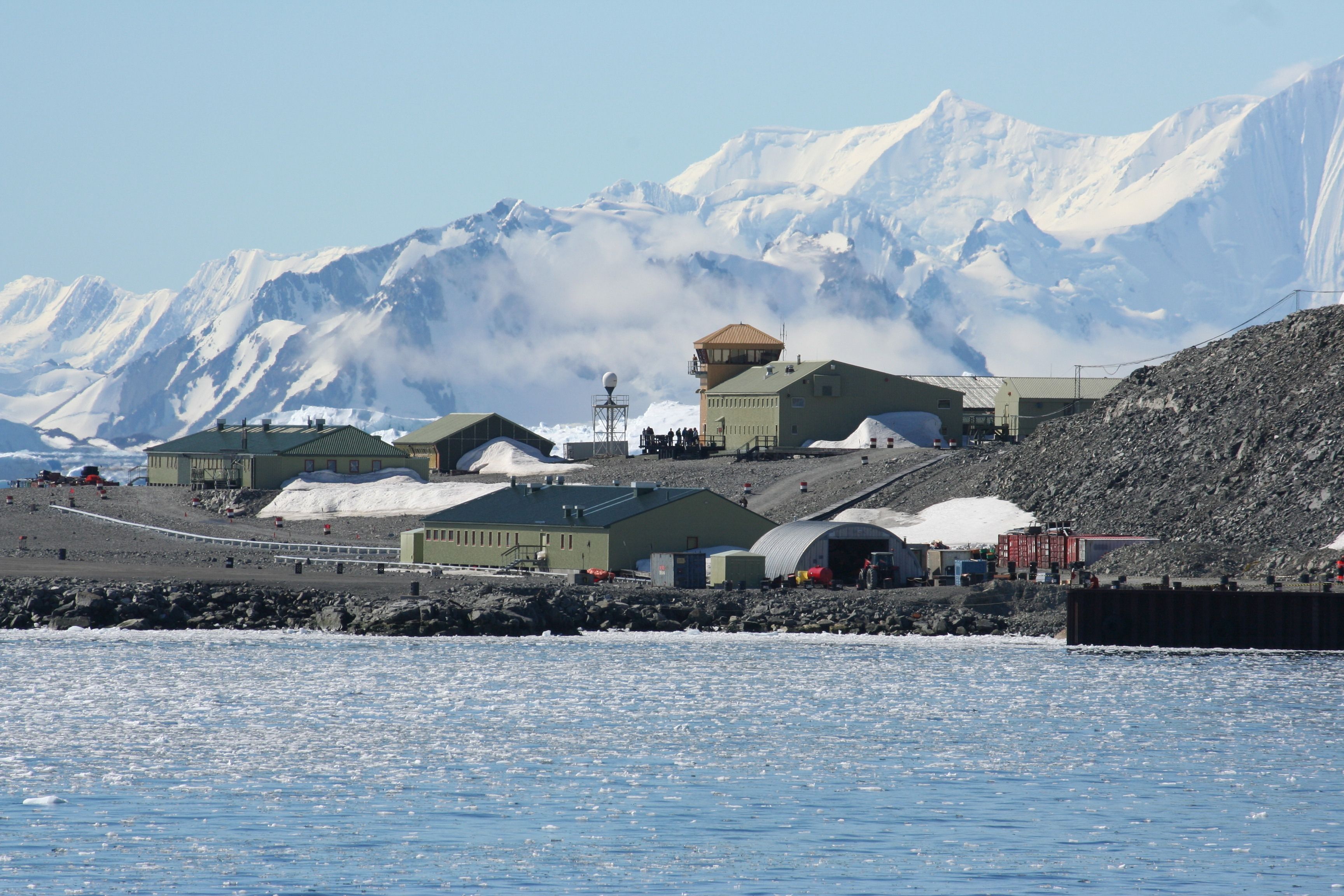Polar research stations informing science on climate change
From ice-strengthened ships to remote stations, the research facilitated by polar infrastructure is helping to answer globally significant questions – improving our understanding of our planet, climate change and polar science.
Learning more about the polar regions is key to better understanding, monitoring and predicting environmental change. Mapping sea beds, ocean currents, ice sheets and sea levels provides valuable insights into how the planet’s climate has altered over thousands of years – as well as the information needed to model future change.
Operated by the Natural Environment Research Council’s (NERC) British Antarctic Survey (BAS), the UK’s Antarctic Research stations provide the infrastructure to support this multidisciplinary cross-sector science addressing some of the most important questions facing our changing planet.
“Polar infrastructure has facilitated discoveries with truly global impact,” says Professor Mike Meredith, Science Leader, BAS. “These include understanding how the changing ocean, atmosphere and ice control global climate, which informs the UN’s Intergovernmental Panel on Climate Change (IPCC) and underpins the Paris Agreement to avoid the worst impacts of global warming.

The Halley VI Research Station, Halley VI, Brunt Ice Shelf, Caird Coast. The last of the sun for a hundred days as Halley VI enters winter and 24hr darkness. Credit: British Antarctic Survey Take a 360° tour around the station.
The Halley VI Research Station, Halley VI, Brunt Ice Shelf, Caird Coast. The last of the sun for a hundred days as Halley VI enters winter and 24hr darkness. Credit: British Antarctic Survey Take a 360° tour around the station.
“Polar infrastructure also led to the discovery of plastic microbeads across Antarctica, which led to NERC science informing the UK government’s ban on plastic microbeads in cosmetics and personal care products in the UK from 2018.”
The extreme environment of the polar regions means the very latest innovations in engineering are required. With its ice-strengthened hull, the UK’s new £200 million polar research ship, RRS Sir David Attenborough, can navigate the waters of both the Antarctic and the Arctic.
The RRS Sir David Attenborough is one of the most advanced polar research vessels in the world. The state-of-the-art ship departed the UK for its maiden voyage on 17 November 2021 and has now completed its first season in Antarctica. Credit: British Antarctic Survey
The RRS Sir David Attenborough is one of the most advanced polar research vessels in the world. The state-of-the-art ship departed the UK for its maiden voyage on 17 November 2021 and has now completed its first season in Antarctica. Credit: British Antarctic Survey
The vessel supports up to 60 scientists on board with state-of-the-art laboratories and equipment, including remote and autonomous underwater vehicles. It can stay up to 60 days unsupported at sea, opening up new remote locations for research.
“RRS Sir David Attenborough represents a huge step-change in the capability of the UK’s research infrastructure and will enable fresh light to be shone on how the polar regions are changing, and how this affects the whole planet and all of its inhabitants,” says Professor Meredith.
Image: BAS station on the water’s edge. Built on a rock promontory at the southern tip of the Wormald Ice Piedmont, Rothera Research Station is situated on Adelaide Island to the west of the Antarctic Peninsula. Credit: British Antarctic Survey
